Cooking Uses
Kala namak is used extensively in South Asian cuisines of India, Pakistan, Bangladesh and Nepal as a condiment or added to chaats, chutneys, salads, fruit, raitas and many other savory snacks. Chaat masala, a South Asian spice blend, is dependent upon black salt for its characteristic sulfurous egg-like aroma.
Medicinal Uses
Herbal Black Salt, also known as Kala Namak, is a traditional South Asian and Ayurvedic culinary and medicinal ingredient. cardiovascular, renal, and oral health to antioxidative, anti-aging, and cognitive enhancements.
If you have digestive issues, black salt is a good remedy to help your liver make bile and improve the body’s fat-soluble vitamin absorption in the small intestine.
Health Benefits
Stone ground black salt, also known as Kala Namak, is a type of rock salt with a distinctive sulfurous aroma and flavor. It is commonly used in South Asian cuisine and has several potential health benefits:
• Digestive Health: Kala Namak is known to aid digestion. It stimulates the production of bile in the liver, which helps in breaking down food more effectively and relieving issues like indigestion and bloating.
• Rich in Minerals: This salt contains essential minerals such as iron, calcium, magnesium, and potassium. These minerals are beneficial for maintaining electrolyte balance and overall health.
• Laxative Properties: It is often used as a natural remedy for constipation due to its mild laxative properties, helping to regulate bowel movements.
• Respiratory Health: The sulfur content in Kala Namak is believed to help alleviate respiratory issues, such as congestion and sinus problems. It is often used in traditional medicine to relieve symptoms of asthma and bronchitis.
• Hydration: The minerals in black salt can help maintain proper hydration levels in the body, making it a good option for rehydrating after physical activity or in hot climates.
• Skin Health: Some people use black salt in bath salts or scrubs, believing it helps to detoxify the skin, soothe irritation, and improve skin texture.
• Weight Management: It is thought to aid in weight management by helping to reduce water retention and bloating, thus providing a feeling of lightness.
Safety of Stone Ground Black Salt Kala Namak Powder
• Sulfur Content: The sulfur compounds responsible for its distinctive smell can cause discomfort in some people, especially if consumed in large quantities.
• Iodine Content: Unlike iodized salt, Kala Namak does not contain added iodine. Iodine deficiency can be a concern if it’s the primary source of dietary salt.
• Quality Control: Ensure the Kala Namak is sourced from reputable suppliers to avoid contamination with harmful substances like heavy metals.
Precautions of Stone Ground Black Salt Kala Namak Powder
When using Stone Ground Black Salt (Kala Namak) Powder, consider the following precautions:
• Moderation: Use Kala Namak in moderation as it has a strong sulfurous smell and taste, which can be overpowering if used in large quantities.
• Allergies: Check for any allergies to black salt. If you have any adverse reactions such as itching, rash, or swelling, discontinue use immediately and consult a doctor.
• Hypertension: If you have high blood pressure, be cautious with black salt consumption. While it is lower in sodium compared to regular table salt, it can still contribute to overall sodium intake.
• Pregnancy and Breastfeeding: Pregnant and breastfeeding women should consult their healthcare provider before using black salt to ensure it is safe for them.
• Kidney Issues: Individuals with kidney problems should be careful with their salt intake, including black salt, to avoid exacerbating their condition.
• Storage: Store black salt in a cool, dry place away from moisture to prevent it from clumping and losing its flavor.

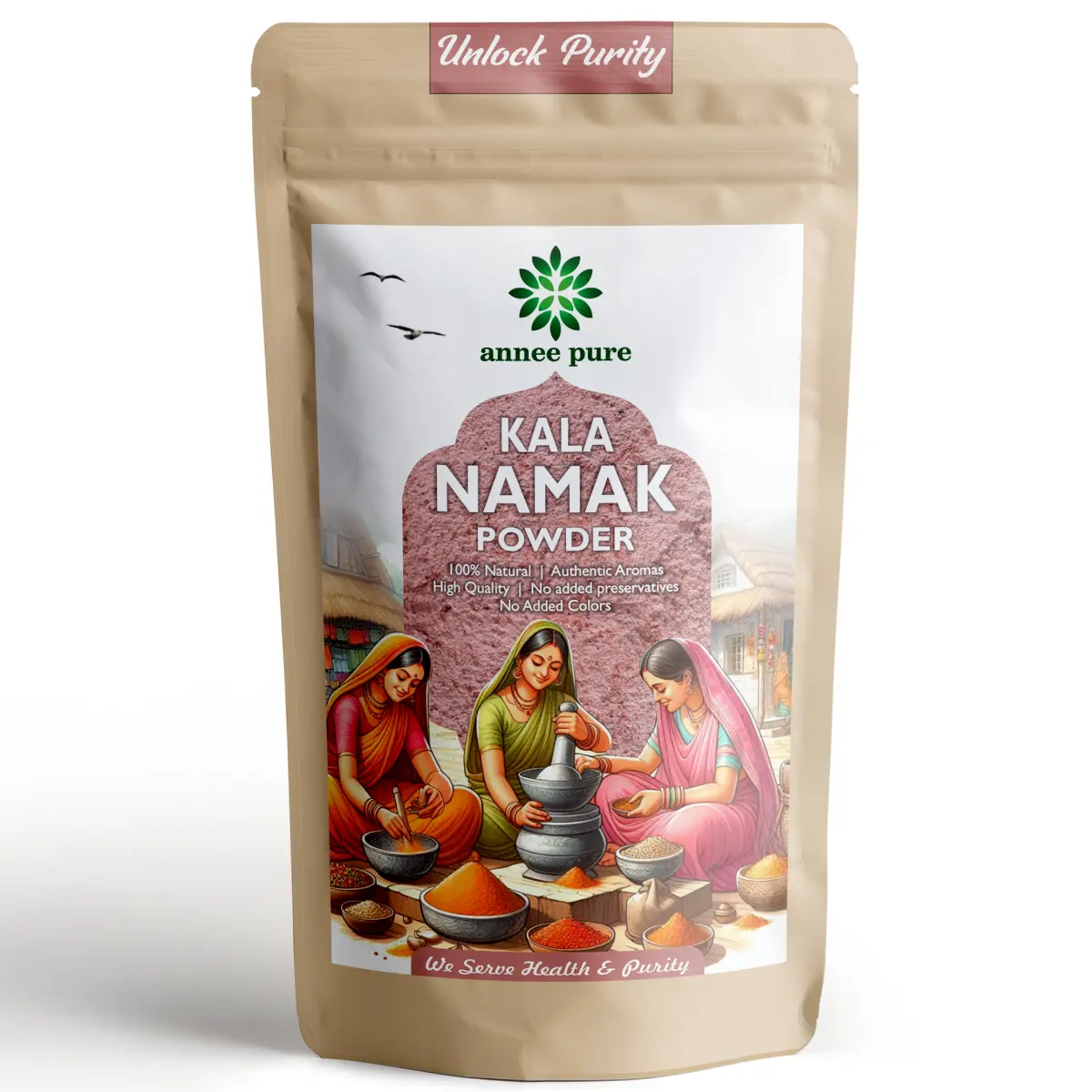
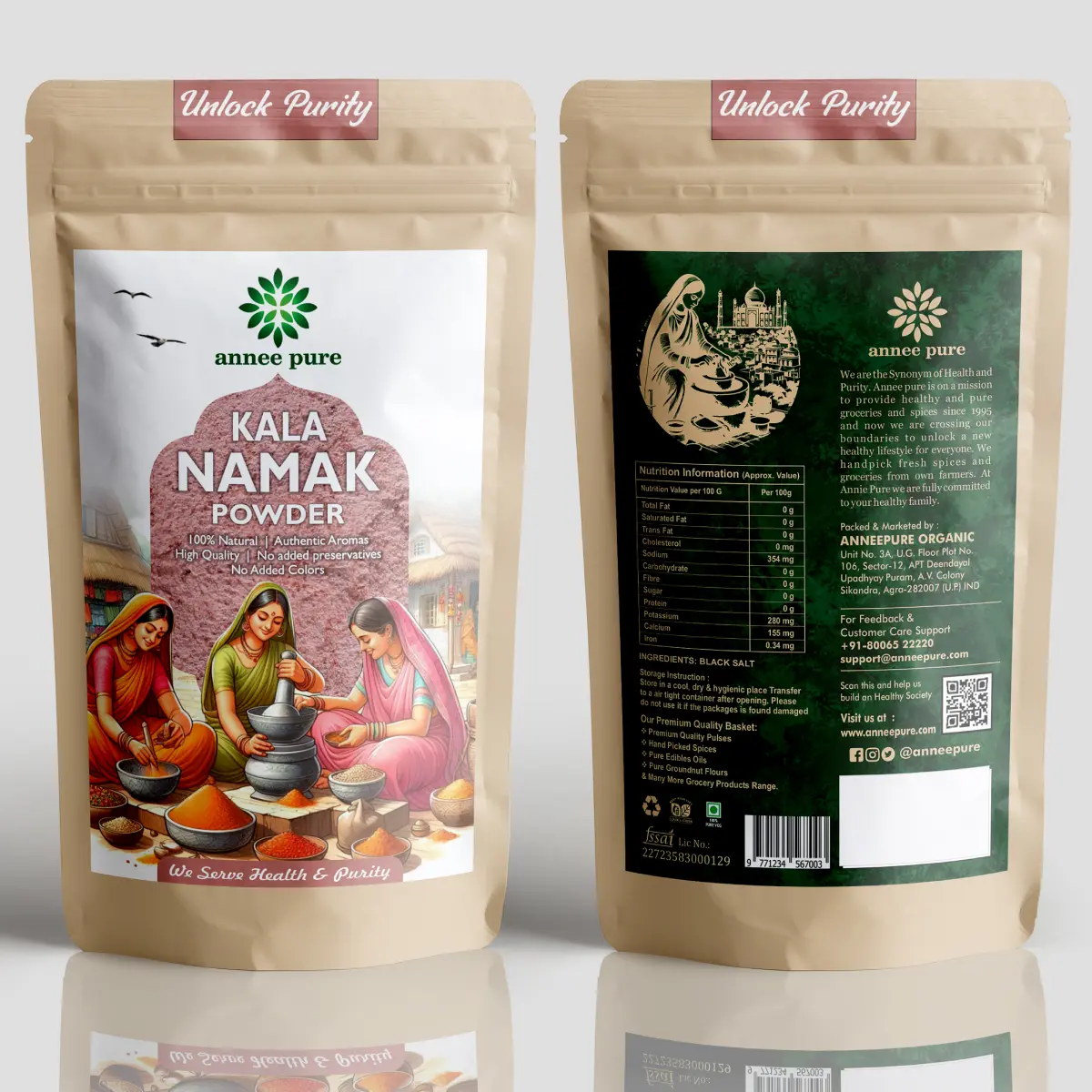



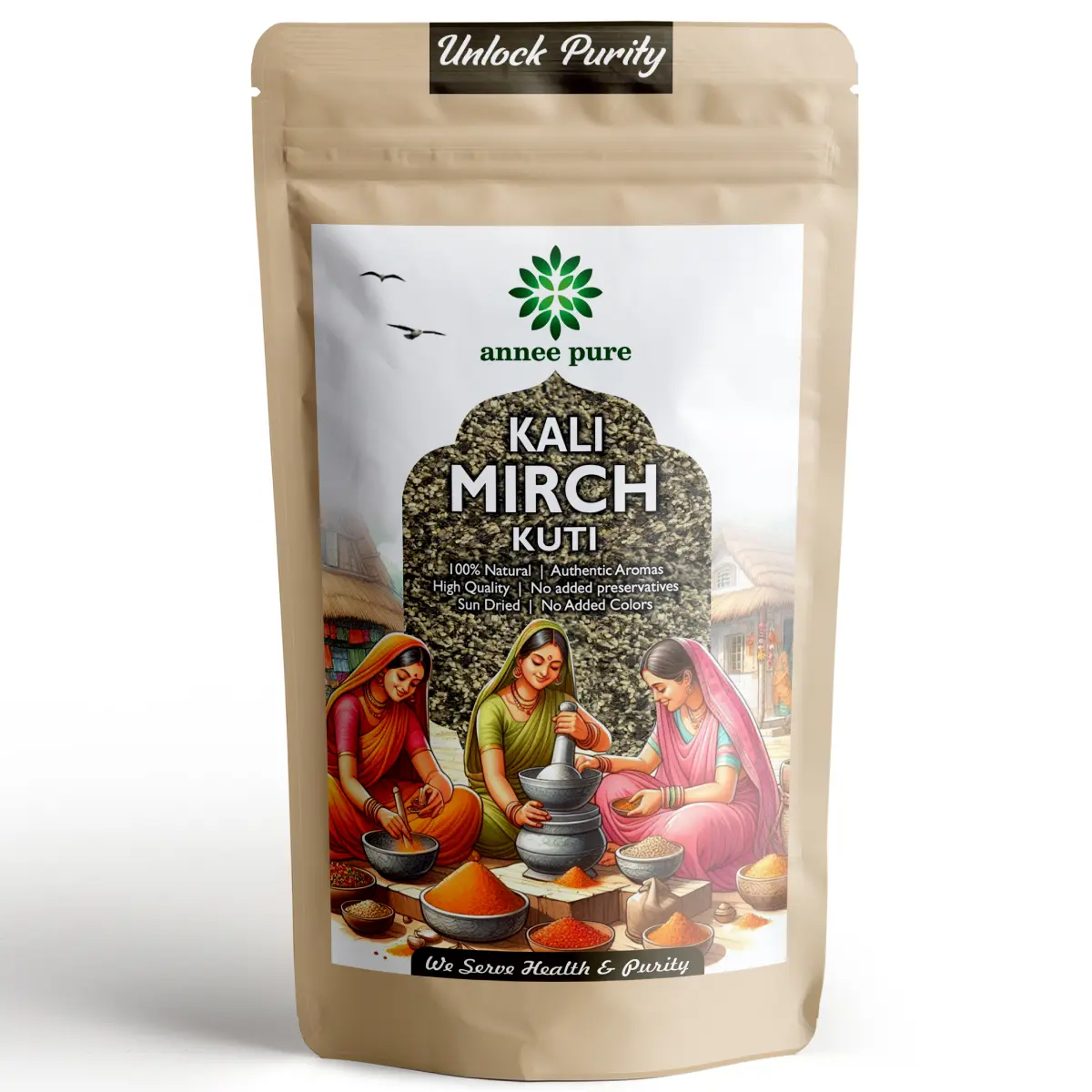
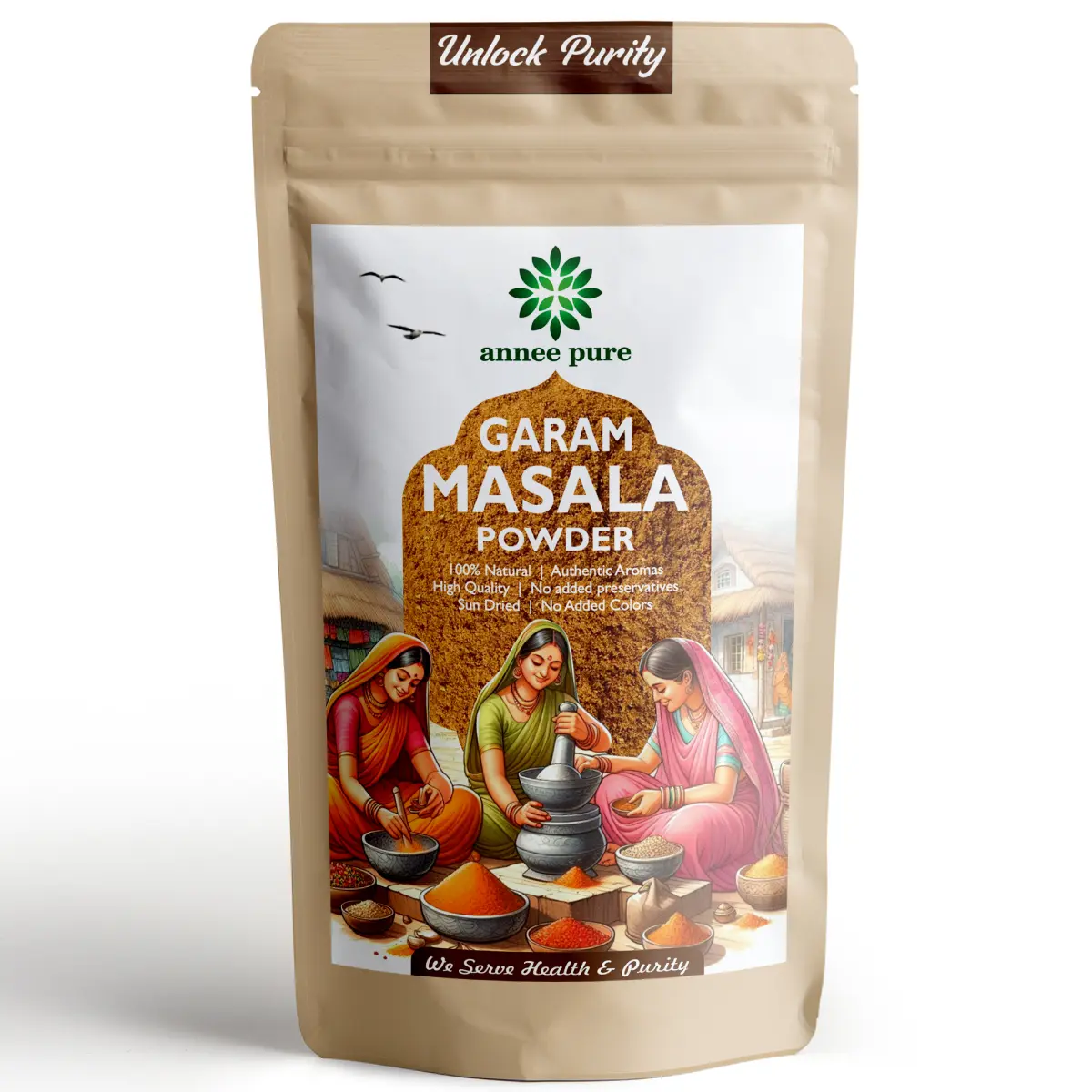


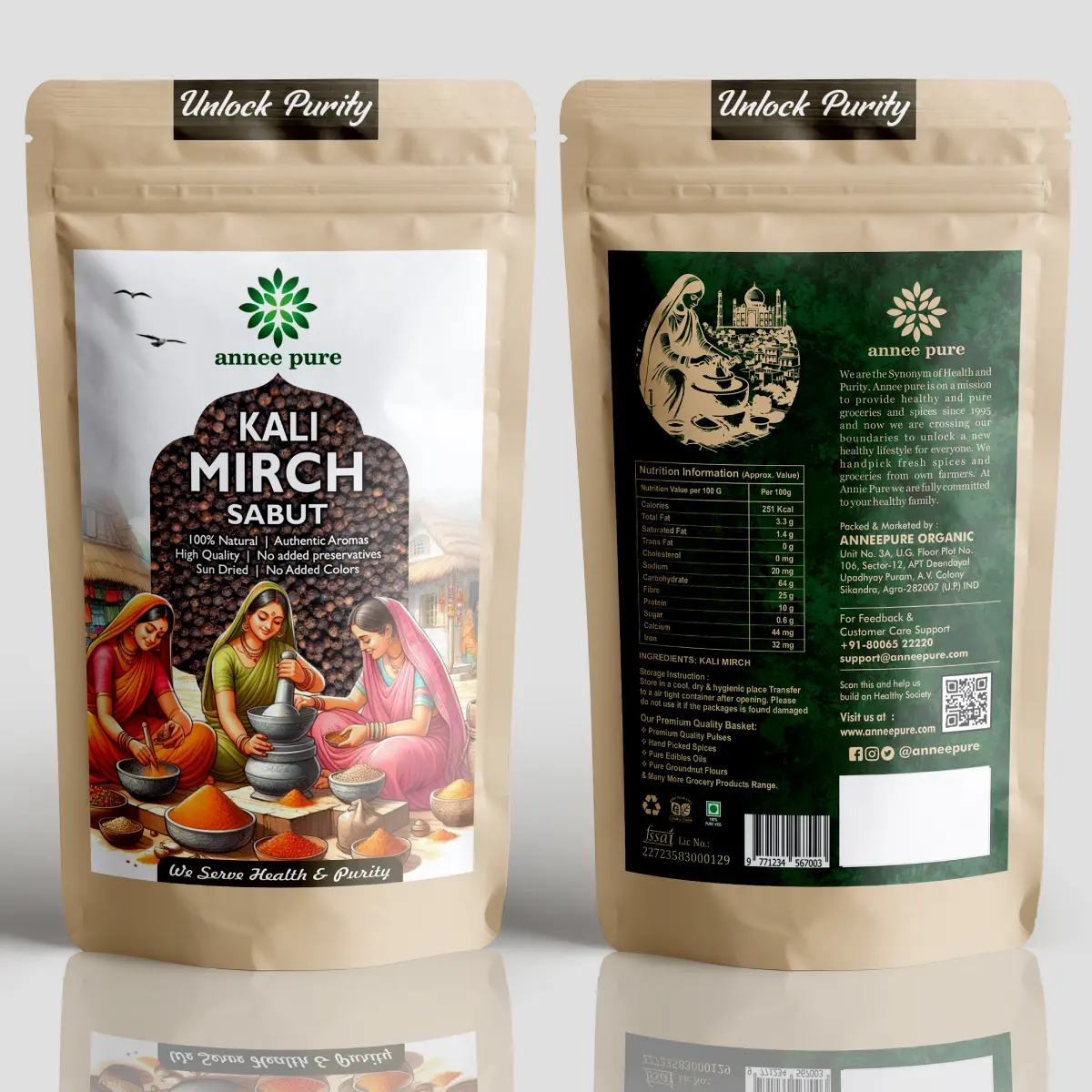
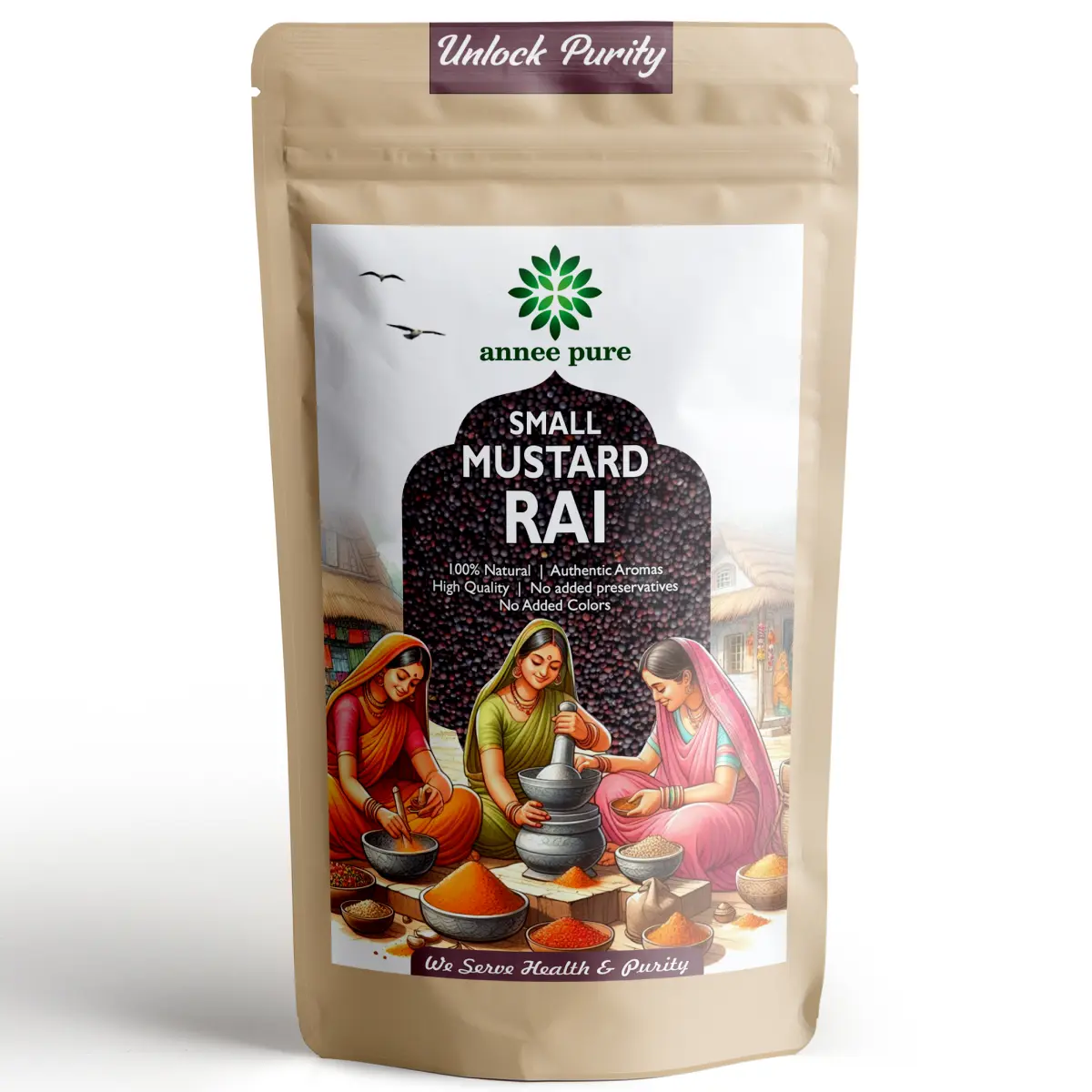
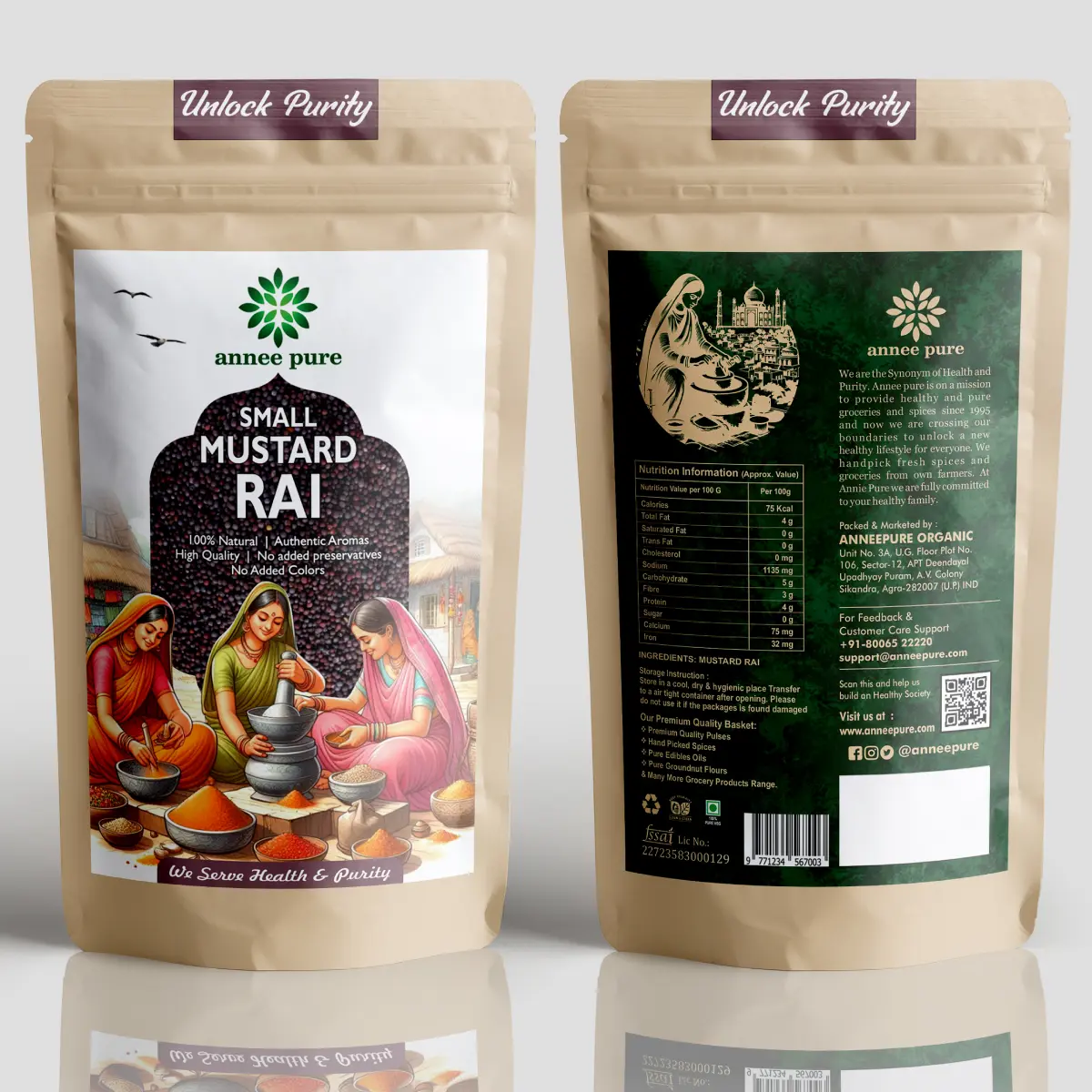


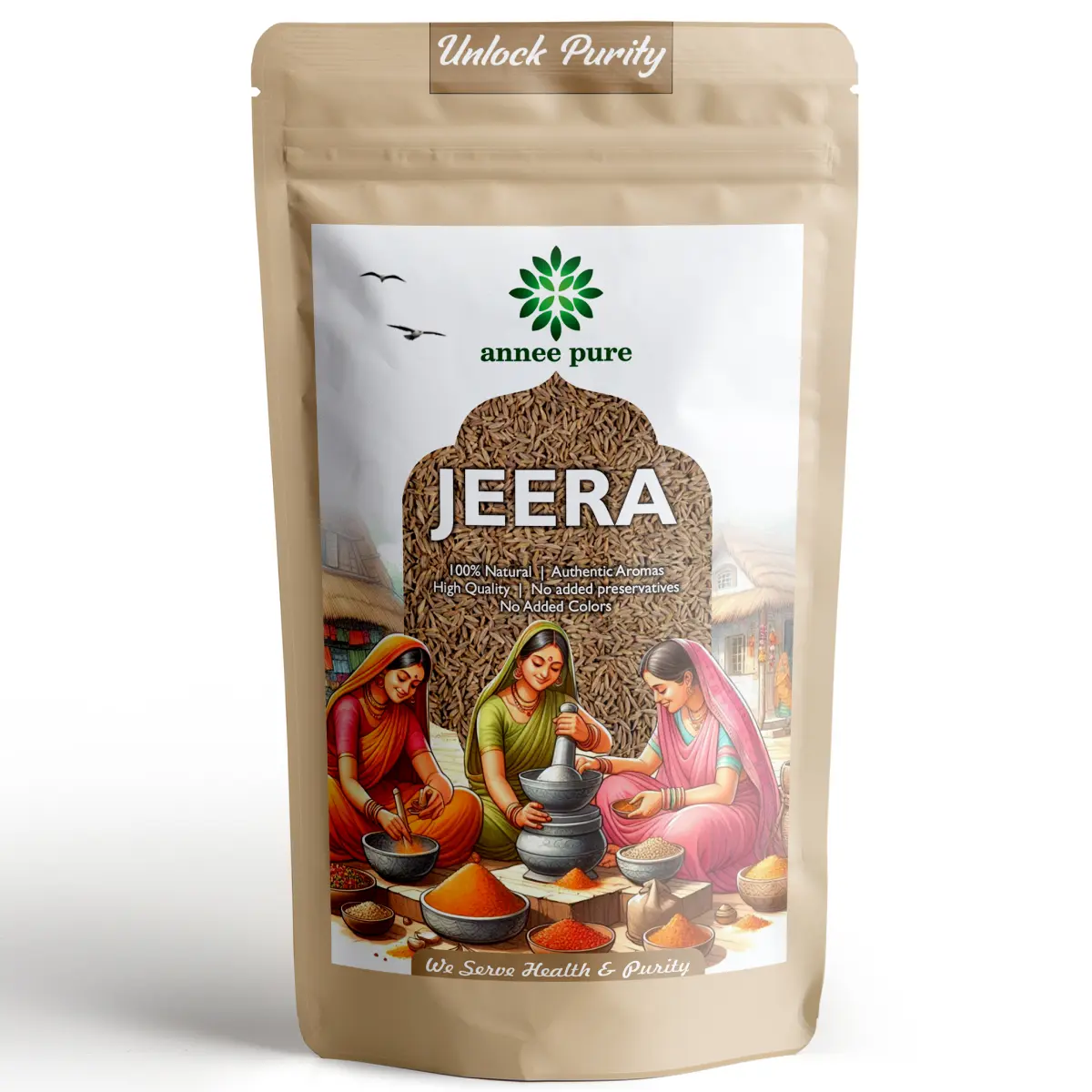
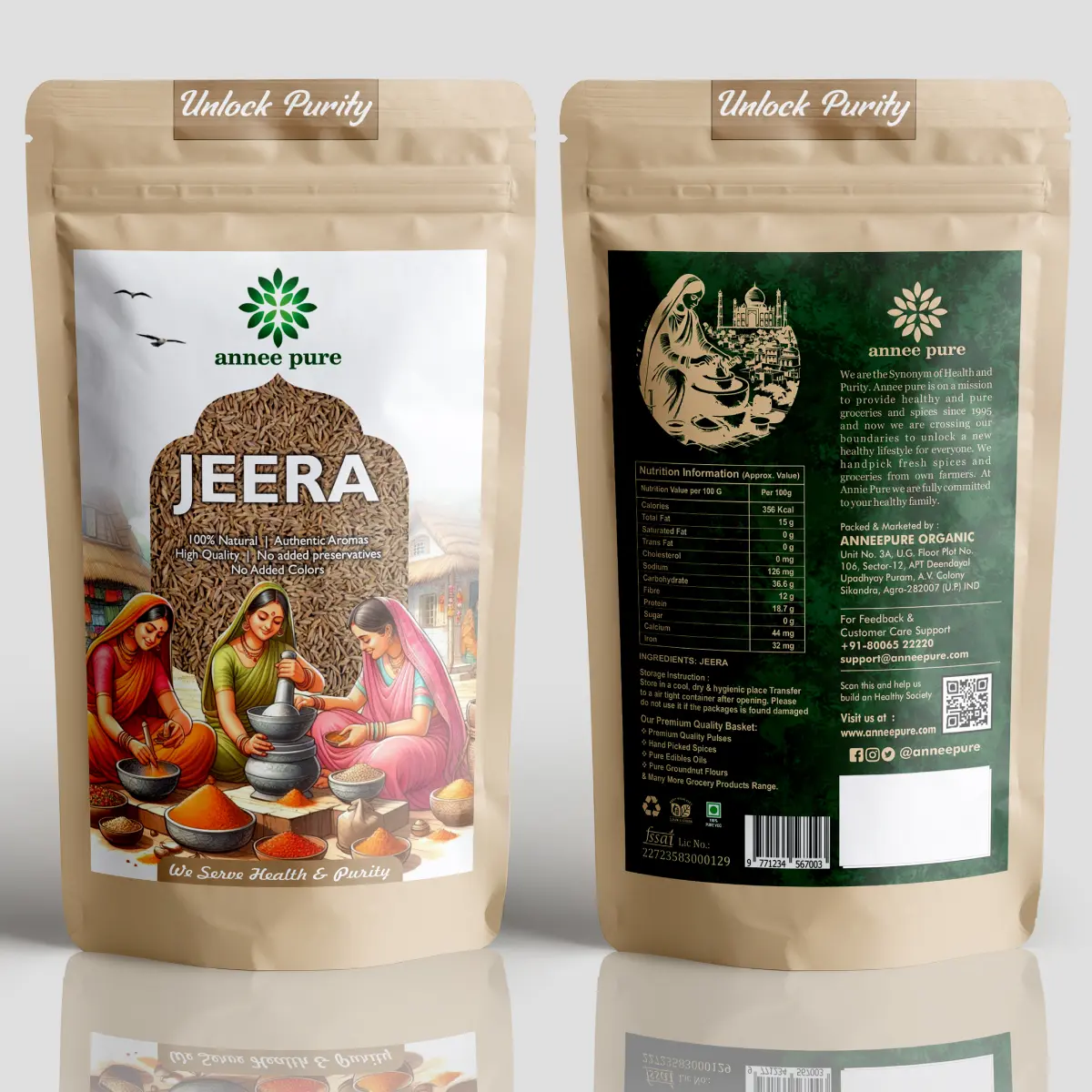

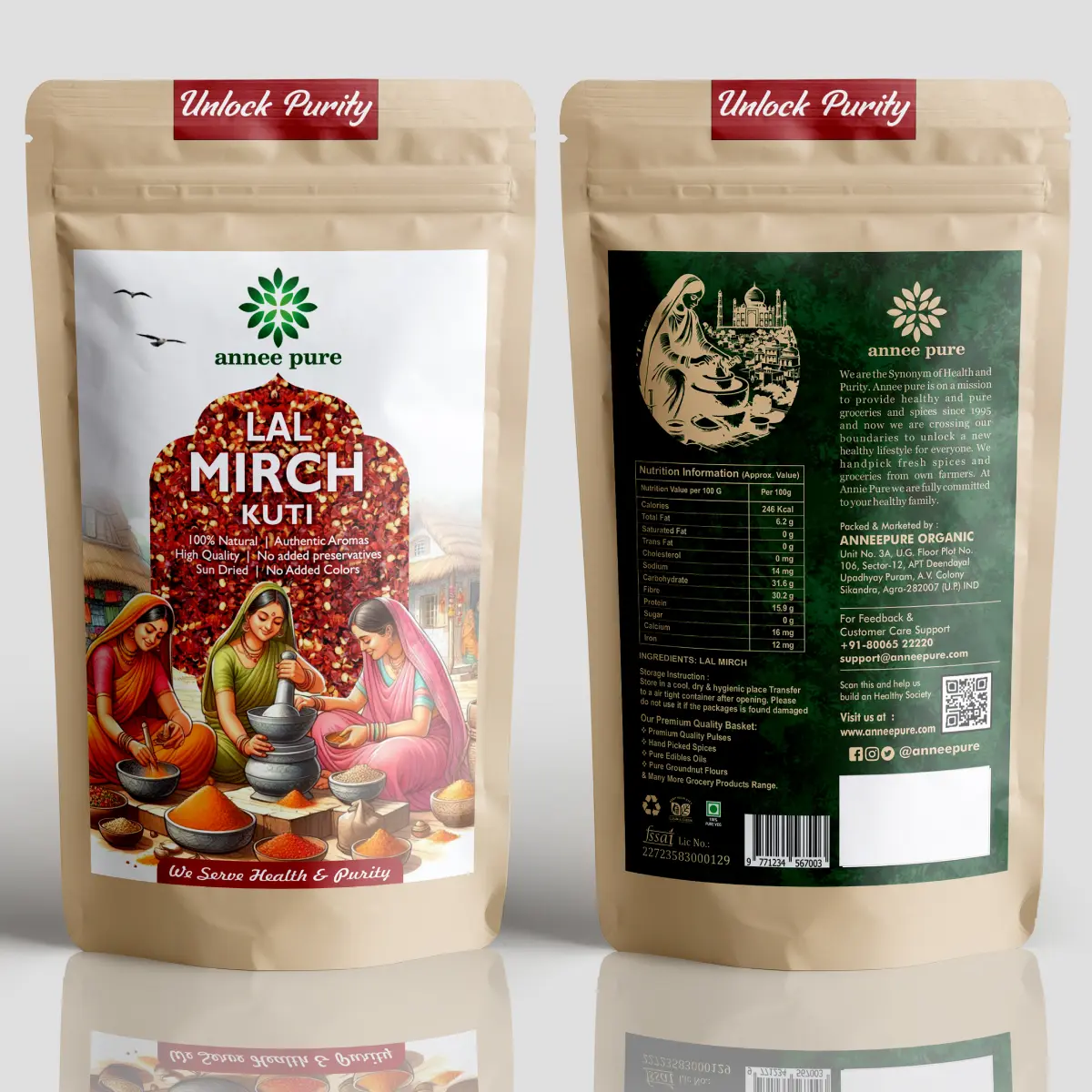
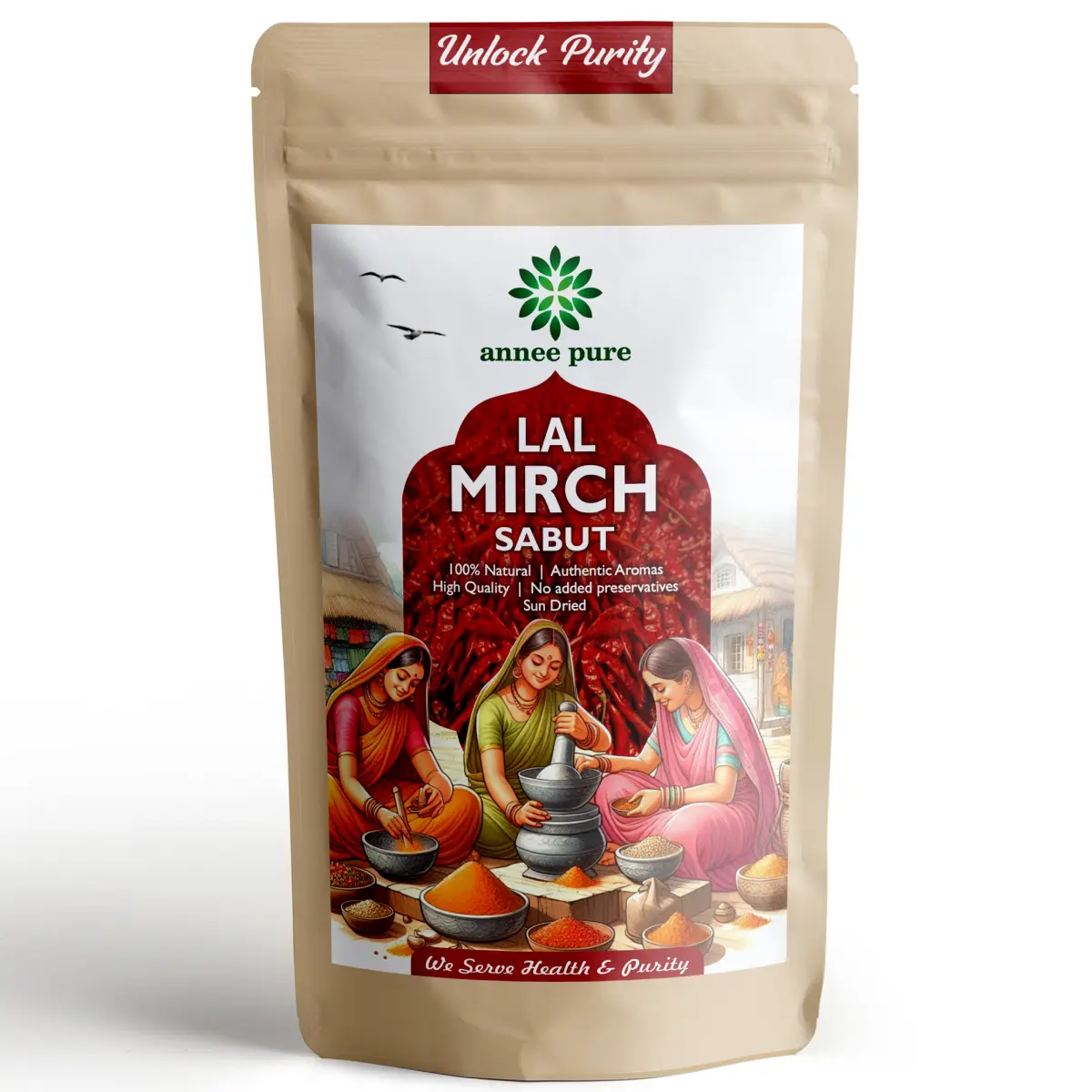
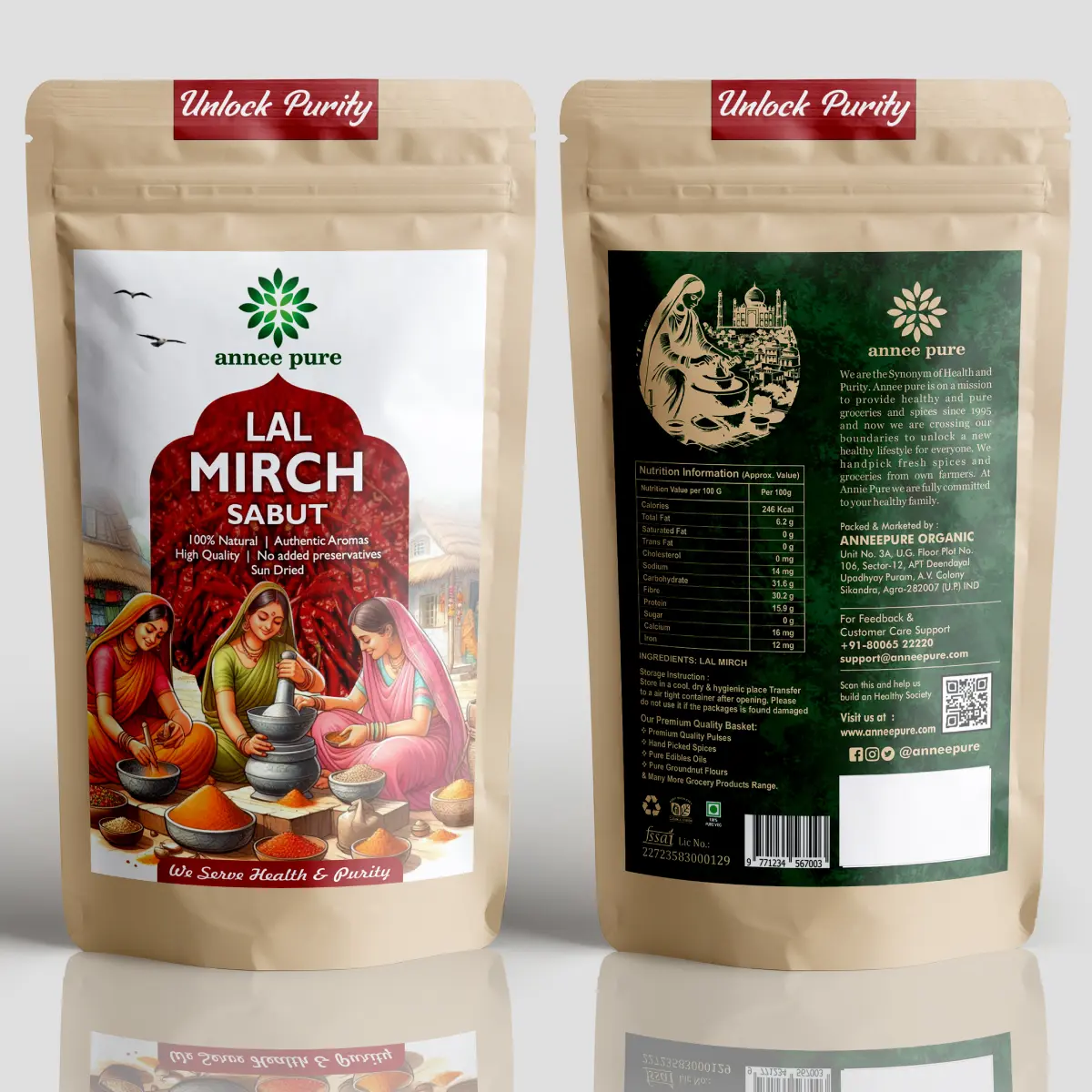

Reviews
There are no reviews yet.